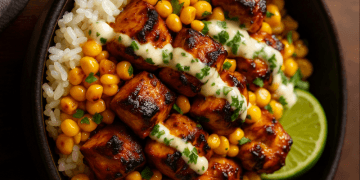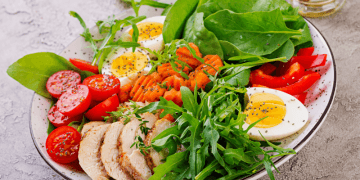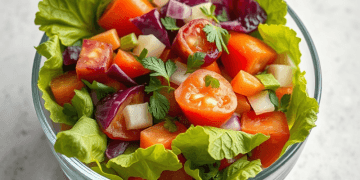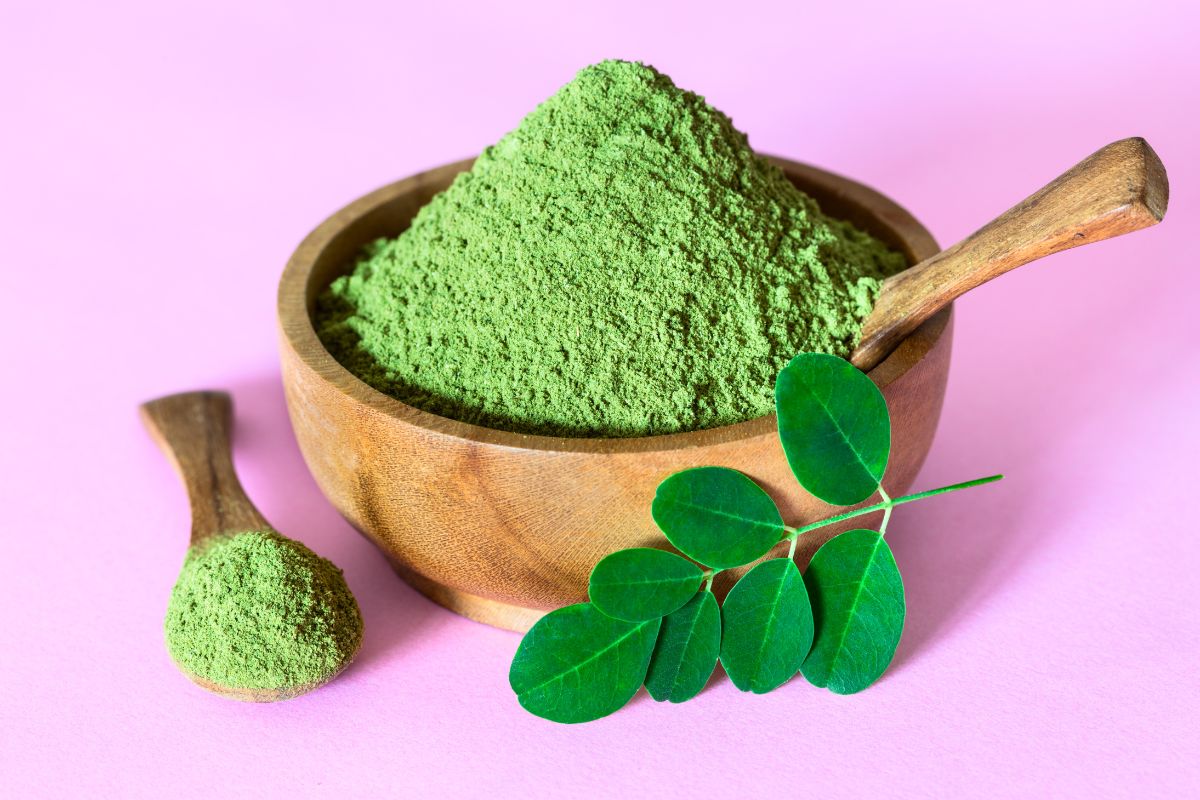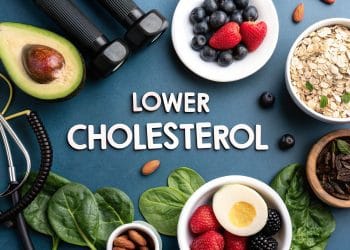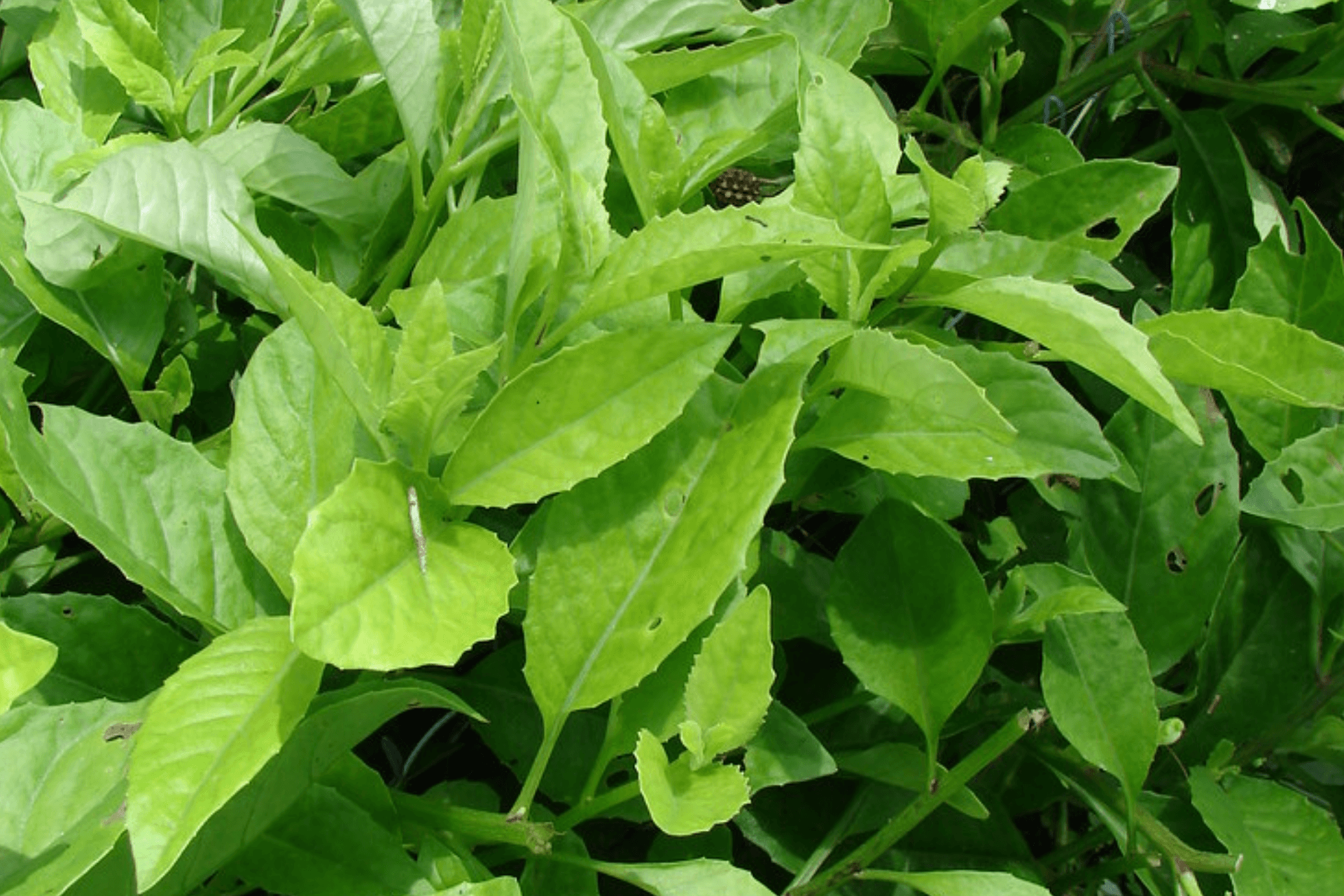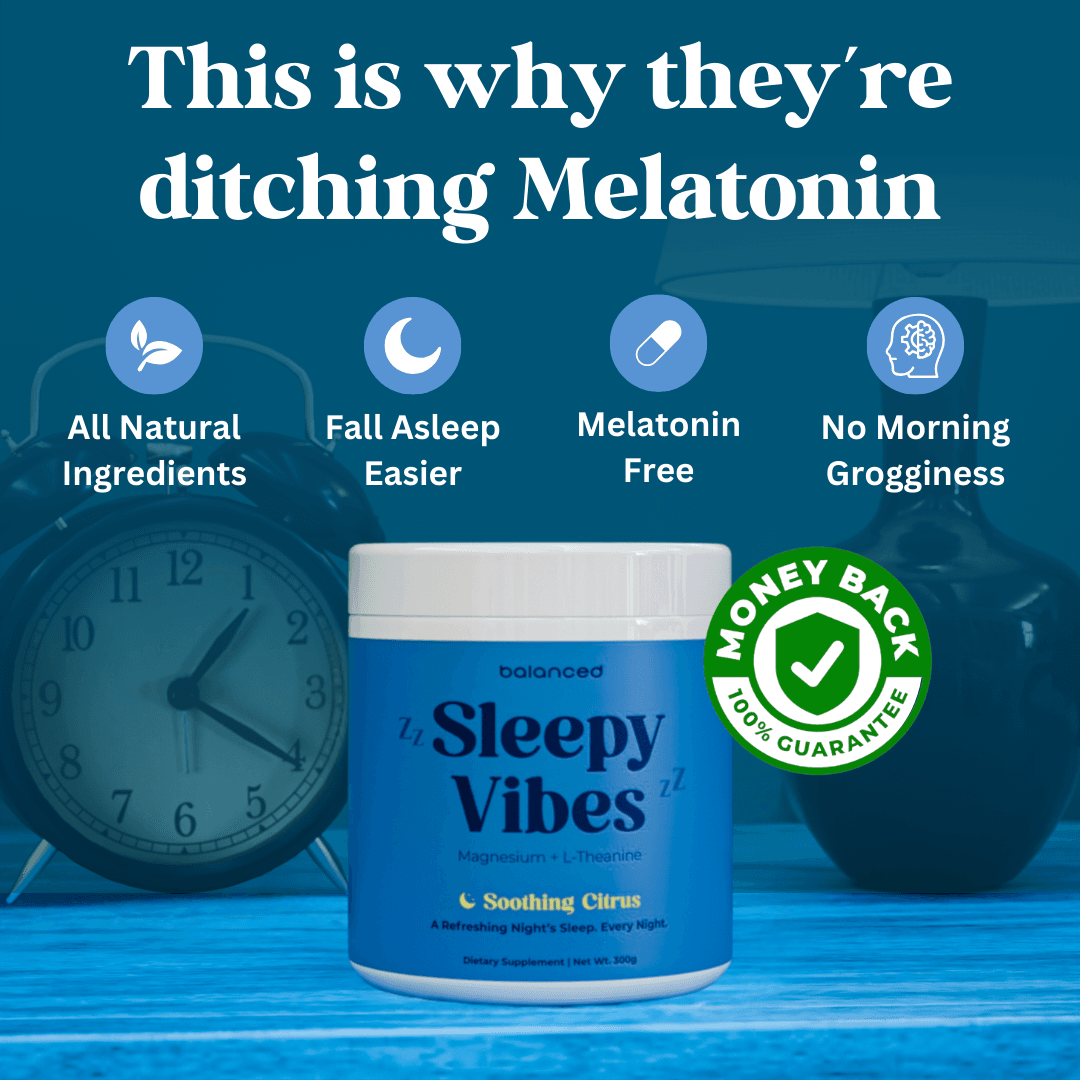Last Updated on July 19, 2025 by Lauretta Iyamu, PharmD
Inflammation is your body's natural defense. It's a key response to an injury or sickness. When you get a cut, the area swells. Your body sends cells to start healing. This is good inflammation.
But sometimes, this response stays on. This is called chronic inflammation. It's a low-level state that can cause health problems over time. Things like stress, poor sleep, and your diet can cause it.
Managing chronic inflammation is very important for long-term health. The food you eat plays a huge role. Certain foods have things like antioxidants that help calm this internal fire. This article will show you the best foods that fight inflammation.
We will look at specific foods. These include fatty fish, colorful berries, and strong spices. You will learn why they work and how to eat them. This is not about a strict diet. It’s about adding powerful foods to your plate to help your body.
1. Fatty Fish (Salmon, Mackerel, Sardines)
Fatty fish are nutritional powerhouses. They are one of the top foods that fight inflammation. Their main benefit comes from omega-3 fatty acids, called EPA and DHA. Your body turns these into compounds that fight inflammation.
The Science of Omega-3s
When your body has inflammation, it sends out signals. EPA and DHA stop these signals. This helps lower the inflammatory response. This can help with conditions like arthritis and other chronic illnesses.
Practical Ways to Incorporate Fatty Fish
Adding these fish to your diet is easy. Aim for two servings of fatty fish each week. A serving is about 3.5 ounces.
- Salmon: Try to choose wild-caught salmon. It has more omega-3s. A simple baked salmon with lemon is a quick, healthy meal.
- Mackerel: This fish is great when grilled or smoked. You can add smoked mackerel to a salad for extra protein.
- Sardines: These small fish are very powerful. Canned sardines are cheap and easy to use. Mash them with avocado on toast for a healthy lunch.
2. Leafy Greens (Spinach, Kale, Swiss Chard, Arugula)
Dark leafy greens are essential for a diet of foods that fight inflammation. They are full of antioxidants and vitamins. These nutrients work together to fight inflammation inside your cells. Key compounds like vitamin K and flavonoids help reduce inflammation signals.
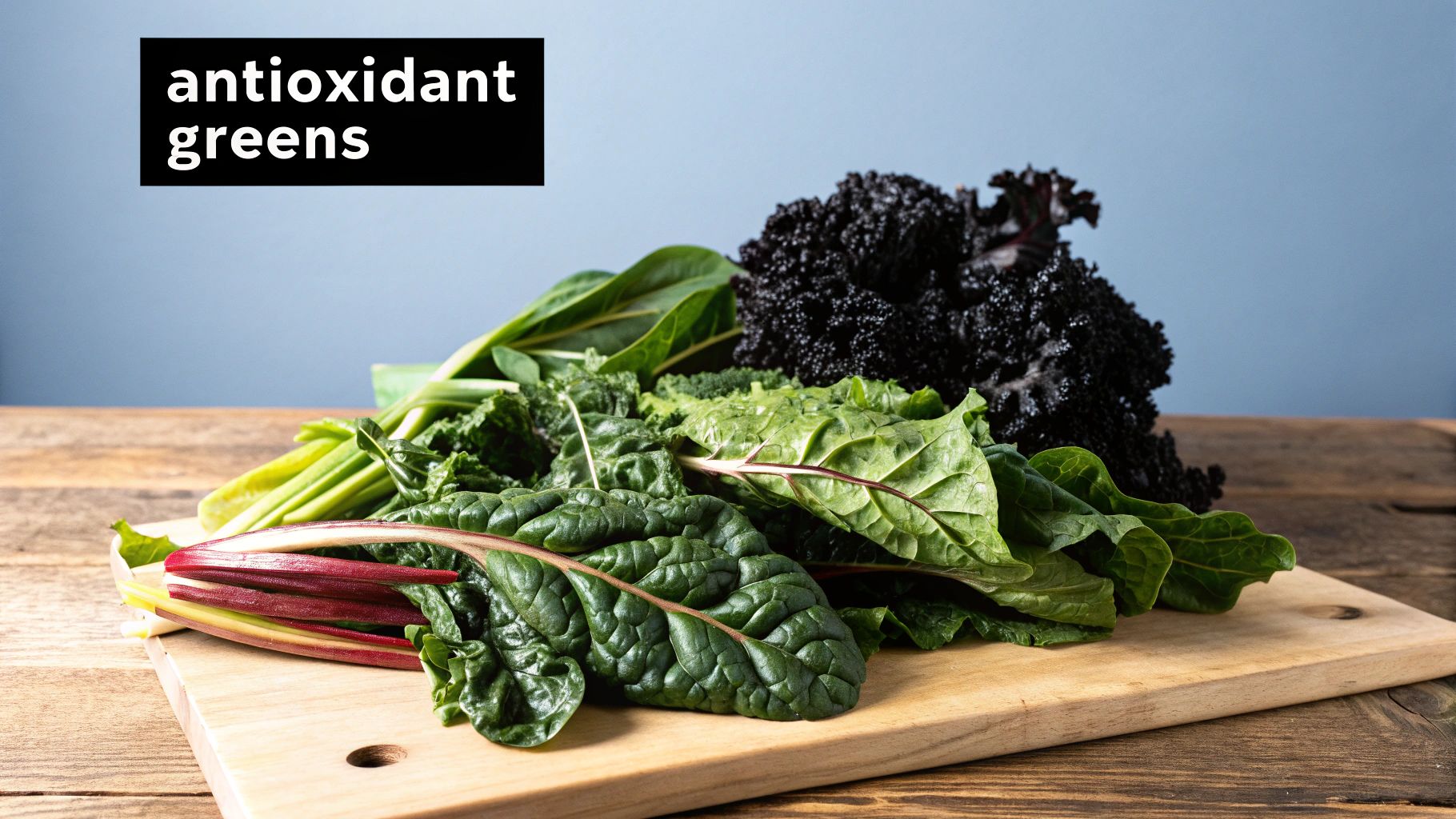
The Science of Phytonutrients
The power of leafy greens comes from their natural plant chemicals. For example, arugula has sulforaphane, which helps activate antioxidants. High vitamin K content also helps control inflammatory responses. Studies show that eating more greens leads to lower levels of inflammation markers.
Practical Ways to Incorporate Leafy Greens
Eating more leafy greens every day is a great way to manage inflammation. Try to eat at least one or two big handfuls daily.
- Spinach: Spinach is mild and can be added to many dishes. Put it in soups, stir-fries, or pasta sauces. It also blends well in smoothies.
- Kale: Massage kale leaves with a little olive oil. This makes it less bitter and easier to digest in salads.
- Swiss Chard & Arugula: Sauté Swiss chard with garlic for a simple side. Use arugula as a base for grilled chicken or find more ideas with these simple hacks to eat more salads on healthyavid.com.
3. Berries (Blueberries, Strawberries, Cherries, Blackberries)
Berries are some of the best foods that fight inflammation. They are packed with antioxidants called anthocyanins. These compounds give them their bright colors and have strong anti-inflammatory effects. They fight free radicals that cause damage and inflammation.
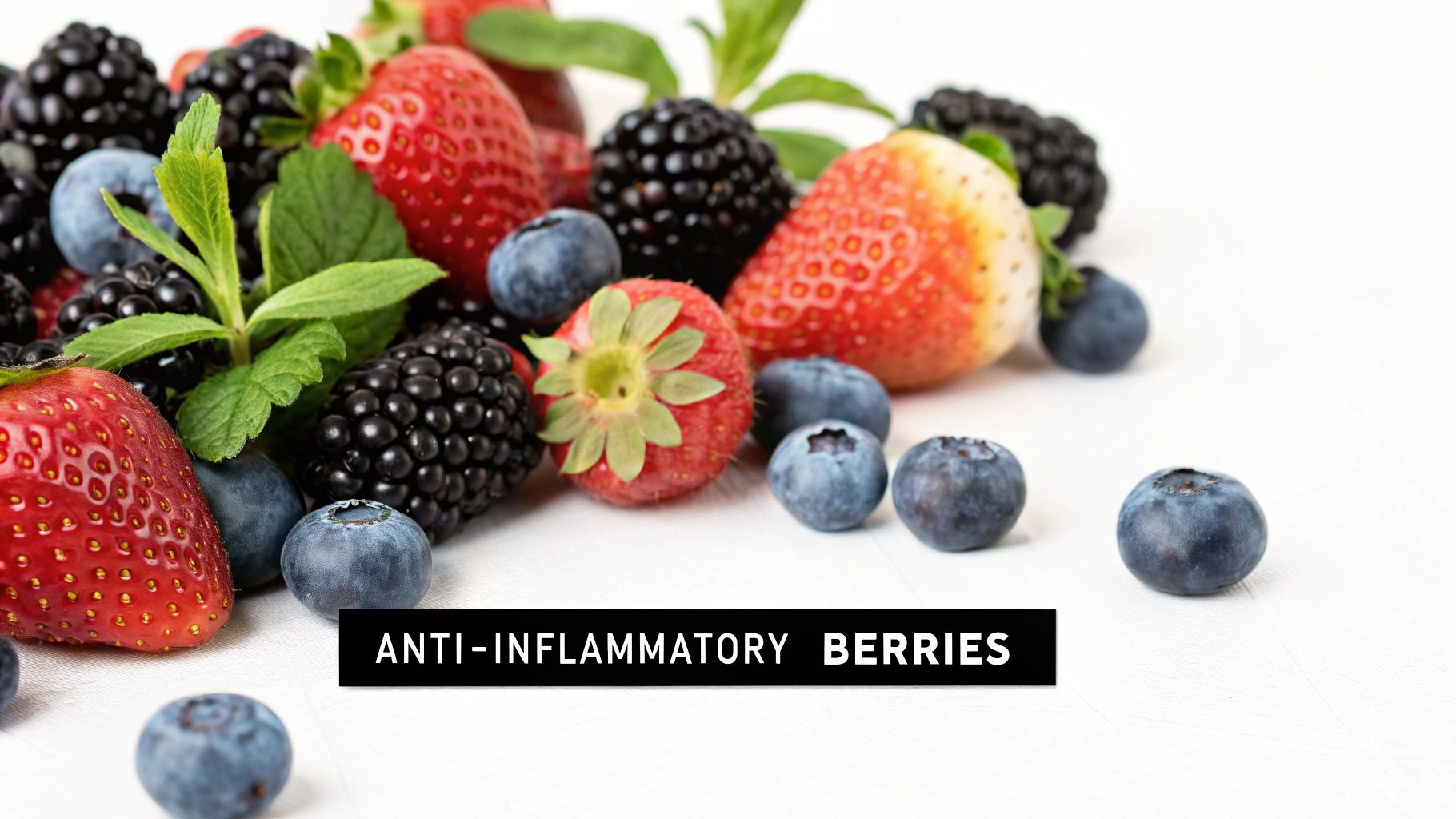
The Science of Anthocyanins
When your body is stressed, it makes inflammatory markers. Anthocyanins in berries help lower these markers. This signals a decrease in the body's inflammation. Studies link eating berries to a lower risk of heart disease.
Practical Ways to Incorporate Berries
Adding colorful berries to your diet is a tasty way to reduce inflammation. Aim for about one cup of mixed berries each day.
- Blueberries: Blueberries are great for your brain. Eat them fresh or frozen. Add them to your morning oatmeal or smoothie.
- Cherries: Both sweet and tart cherries fight inflammation. A glass of tart cherry juice can help with muscle recovery after a workout.
- Strawberries & Blackberries: These are full of vitamin C and fiber. Add them to yogurt or enjoy them as a snack.
4. Extra Virgin Olive Oil
Extra virgin olive oil (EVOO) is a key part of the foods that fight inflammation group. It has a special mix of healthy fats and antioxidants. Its main power comes from monounsaturated fats and a compound called oleocanthal. This compound works similarly to ibuprofen.
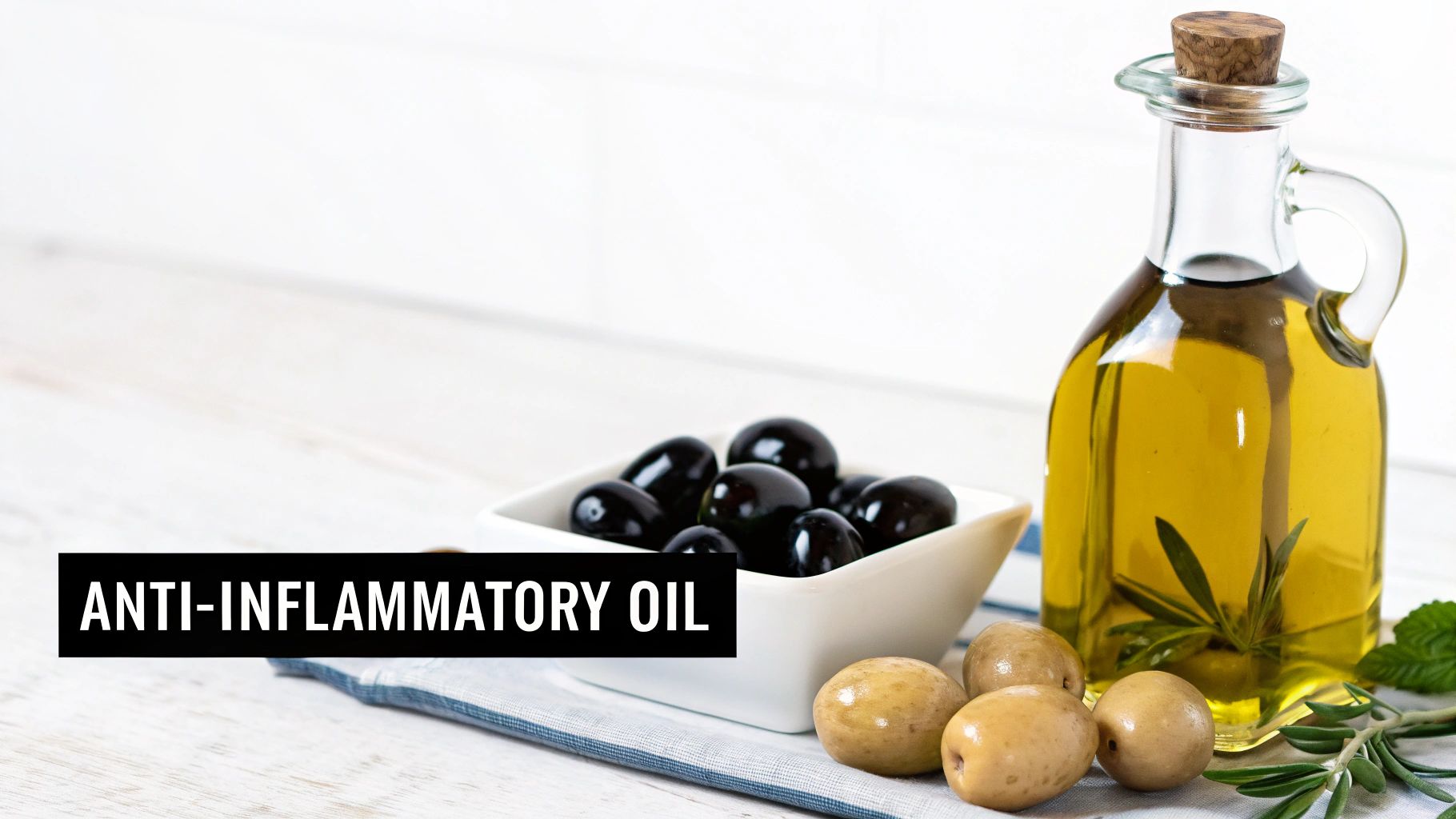
The Science of Oleocanthal
The magic of EVOO is that it is unrefined. This preserves its special compounds. Oleocanthal blocks the same enzymes that anti-inflammatory drugs target. This helps lower the risk of chronic diseases linked to inflammation.
You can delve deeper into olive oil's anti-inflammatory benefits to learn more.
Practical Ways to Incorporate Extra Virgin Olive Oil
Using high-quality EVOO daily is a powerful way to manage inflammation. Aim for two to three tablespoons each day.
- Dressings and Drizzles: Use EVOO to make salad dressings. Drizzle it over soups, roasted vegetables, or avocado toast.
- Low-Heat Cooking: High-quality EVOO is good for sautéing vegetables. Use it for low to medium-heat cooking.
- Smart Shopping: Always buy "extra virgin" oil in dark glass bottles. This protects it from light and keeps it fresh.
5. Turmeric
The golden spice turmeric is one of the most powerful foods that fight inflammation. Its main active compound is called curcumin. Curcumin has been studied thousands of times. It works by blocking molecules that trigger inflammation in your body.
The Science of Curcumin
Curcumin is so strong that research shows it can work as well as some anti-inflammatory drugs. It does this without the side effects. It can help ease pain from conditions like osteoarthritis. It also helps with recovery after exercise.
Practical Ways to Incorporate Turmeric
Your body does not absorb curcumin easily. You need a strategy to get its full benefits. Try to include it in your diet every day.
- Combine with Black Pepper: Black pepper has piperine. Piperine can boost curcumin absorption by a huge amount. Always add a pinch of black pepper when you use turmeric.
- Pair with Healthy Fats: Curcumin dissolves in fat. Eating it with fats like olive oil or avocado helps your body absorb it. A "golden milk" latte is a great daily habit.
- Use Fresh or Supplement: You can grate fresh turmeric root into smoothies or stir-fries. For the best benefits, you could also use a quality supplement like the AOR Curcumin Ultra® Vegan supplement.
6. Nuts and Seeds (Walnuts, Almonds, Flaxseeds, Chia Seeds)
Nuts and seeds are a crunchy and powerful part of a diet of foods that fight inflammation. They provide a mix of healthy fats, fiber, and nutrients. Walnuts are special because they have a lot of ALA, a plant-based omega-3 fatty acid. Almonds are rich in vitamin E.
The Science of Nuts and Seeds
The anti-inflammatory effects of nuts and seeds come from many compounds working together. ALA, found in walnuts and flaxseeds, helps lower inflammatory markers. Regular nut consumption is linked to lower levels of inflammation. This mix of fiber, fats, and antioxidants helps protect your body.
Practical Ways to Incorporate Nuts and Seeds
Adding nuts and seeds to your diet is simple. A daily serving is about a small handful of nuts. Or two tablespoons of seeds.
- Walnuts & Almonds: Eat a handful as a snack. Or sprinkle them on oatmeal, yogurt, or salads.
- Flaxseeds: You must grind flaxseeds to get their benefits. Add a tablespoon of ground flax to your smoothie.
- Chia Seeds: These seeds make a gel when mixed with liquid. Use them to make chia pudding. You can find more ideas in a complete anti-inflammatory foods list on healthyavid.com.
7. Green Tea
Green tea is a well-known drink and one of the best foods that fight inflammation. Its power comes from polyphenols, especially a catechin called EGCG. Green tea leaves are steamed, not fermented. This keeps more of these helpful compounds.
The Science of EGCG
Inflammation is often caused by certain proteins in the body. The EGCG in green tea stops these proteins. This helps calm the inflammatory response. This can help with conditions like rheumatoid arthritis and protect cells from damage.
Practical Ways to Incorporate Green Tea
Adding this drink to your daily routine is an easy way to fight inflammation. Aim for 3-4 cups per day for the best results.
- Brewing: Steep your green tea for 3-5 minutes. Use hot water, but not boiling water. This keeps the tea from tasting bitter.
- Timing: Drink green tea between your meals. Drinking it with iron-rich foods can lower iron absorption.
- Enhancement: Add a squeeze of lemon to your tea. The vitamin C helps your body absorb the catechins better. You can learn more about teas for weight loss and health on healthyavid.com.
8. Tomatoes
Tomatoes are more than just a kitchen staple. They are amazing foods that fight inflammation. Their bright red color comes from lycopene. Lycopene is a powerful antioxidant that fights inflammation and protects cells.
The Science of Lycopene
Lycopene works by stopping pro-inflammatory signals in your body. Studies have linked high lycopene intake to a lower risk of chronic diseases. Interestingly, cooking tomatoes makes the lycopene easier for your body to absorb.
Practical Ways to Incorporate Tomatoes
Getting the power of tomatoes is easy and delicious. You can eat them raw or cooked. Cooking them increases their lycopene.
- Cook with Olive Oil: Lycopene is fat-soluble. Pairing tomatoes with olive oil helps your body absorb it much better.
- Embrace Canned and Processed Tomatoes: Canned tomatoes and tomato paste often have more available lycopene. This is because of the heating process.
- Create a Rich Sauce: Simmering tomatoes into a sauce concentrates their nutrients. Use the sauce on whole-grain pasta or as a base for stews.
9. Ginger
Ginger is a zesty spice known for its taste and health benefits. It is one of the most effective foods that fight inflammation. Its power comes from a compound called gingerol. Gingerol has strong anti-inflammatory and antioxidant effects.
The Science of Gingerol
Gingerol works by stopping the production of proteins that cause inflammation. Research shows ginger can significantly reduce inflammation markers. This makes it helpful for conditions like osteoarthritis. It also helps with muscle soreness after exercise.
Practical Ways to Incorporate Ginger
Adding fresh ginger to your routine is simple. Aim for about a teaspoon of freshly grated ginger each day.
- Soothing Tea: Grate a small piece of fresh ginger. Steep it in hot water with a squeeze of lemon. This helps digestion and can ease headaches.
- Flavorful Additions: Add freshly grated ginger to smoothies, stir-fries, or soups. It gives a pungent, anti-inflammatory kick.
- Synergistic Spice: Combine ginger with turmeric in your cooking. The mix of gingerol and curcumin creates a very powerful anti-inflammatory effect.
Anti-Inflammatory Foods Comparison Table
| Item | Implementation Complexity | Resource Requirements | Expected Outcomes | Ideal Use Cases | Key Advantages |
|---|---|---|---|---|---|
| Fatty Fish (Salmon, Mackerel, Sardines, Anchovies) | Moderate (requires storage & cooking) | Moderate to high (cost, sourcing) | 20-30% reduction in inflammatory markers | Reducing chronic inflammation, heart & brain health | High omega-3, well-researched, versatile cooking |
| Leafy Greens (Spinach, Kale, Swiss Chard, Arugula) | Low (easy to prepare raw or cooked) | Low (widely available, affordable) | Cellular-level inflammation reduction | Daily nutrition, detoxification, cancer risk reduction | High antioxidants, affordable, supports detox |
| Berries (Blueberries, Strawberries, Cherries, Blackberries) | Low (ready to eat or add to recipes) | Moderate (seasonal cost, organic preferred) | Reduced systemic inflammation, improved cognition | Immune support, cognitive health, recipes | Rich in anthocyanins, tasty, versatile |
| Extra Virgin Olive Oil | Low (easy to use as dressing or cooking) | Moderate to high (quality matters) | Immediate anti-inflammatory effects | Heart health, Alzheimer's protection, culinary use | Oleocanthal content, antioxidant rich |
| Turmeric | Moderate (may require supplements or recipe use) | Low (spice, but quality varies) | Reduced arthritis pain, multiple anti-inflammatory pathways | Chronic inflammation, joint pain management | Extensively researched, multiple actions |
| Nuts and Seeds (Walnuts, Almonds, Flaxseeds, Chia Seeds) | Low (ready to eat or add to meals) | Moderate (cost and storage) | Reduced inflammation markers, heart health | Snacks, gut health, cardiovascular support | Portable, nutrient-dense, long shelf life |
| Green Tea | Low (simple brewing) | Low (affordable, widely available) | Reduced inflammatory markers, brain support | Daily hydration, metabolism boosting | Rich in EGCG, easy routine addition |
| Tomatoes | Low (raw or cooked) | Low (widely available, affordable) | Increased lycopene absorption, cancer risk reduction | Culinary versatility, heart and cancer health | Lycopene-rich, inexpensive, versatile |
| Ginger | Low to moderate (fresh or supplement) | Low (affordable and accessible) | Reduced muscle soreness, digestive inflammation relief | Exercise recovery, digestive support | Fast-acting, supports digestion |
Your Plate is Your Power: Putting It All Together
Dealing with chronic inflammation can seem hard. But your kitchen has powerful tools to help. Eating anti-inflammatory foods is not about strict rules. It is about choosing foods that protect your body.
The main idea is to be consistent. You do not need to change your whole diet at once. Reducing inflammation is a journey. It is built one meal and one ingredient at a time.
Actionable Steps for a Less Inflamed Life
To get the full benefits, use these foods together. Think about how these powerful ingredients can work as a team.
-
Build a Synergy Plate: Don't just eat salmon. Serve it with a big kale salad. Drizzle it with olive oil and top with walnuts. This one meal combines many anti-inflammatory compounds.
-
Start Your Day Strong: Try a cup of green tea in the morning. Or blend spinach, berries, and chia seeds into a smoothie. This simple change starts your day with a dose of health.
-
Rethink Your Spices: Make turmeric and ginger your main spices. A little turmeric in your eggs or ginger in hot water can become easy daily habits.
The Broader Impact on Your Wellbeing
Learning to use foods that fight inflammation is more than a diet strategy. It is an act of self-care. When you eat these foods regularly, you are investing in your long-term health. You are boosting your energy and supporting your joints.
A healthy gut is also very important for managing inflammation. Including natural probiotic food sources can help your gut and immune system.
Your plate is one of your best tools for better health. By choosing these foods, you are taking an active role in your wellness. Each healthy choice is a step toward a more vibrant life.
What is one anti-inflammatory food from this list you're excited to add to your meals this week?
Ready to take the guesswork out of healthy eating? At Healthy Avid, we provide curated meal plans and simple, delicious recipes designed to make an anti-inflammatory lifestyle easy and enjoyable. Visit Healthy Avid to discover how we can support your journey to better health, one meal at a time.









